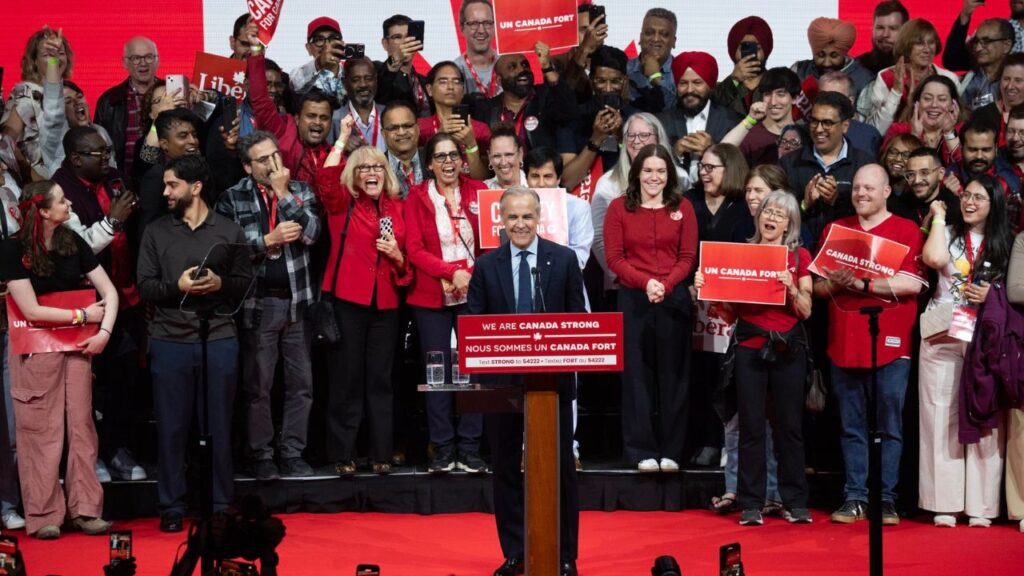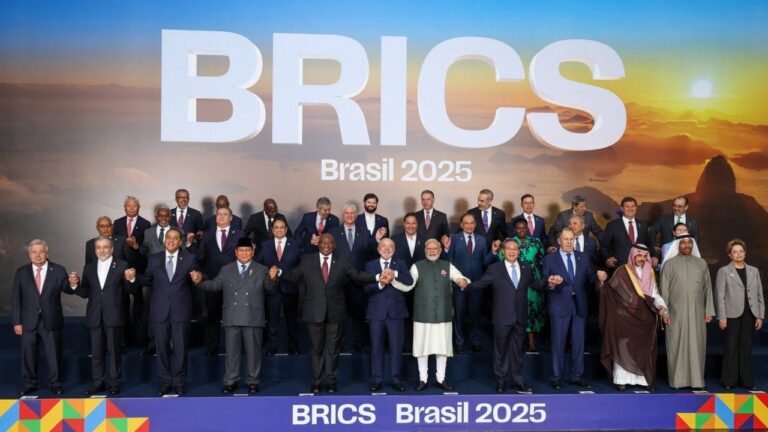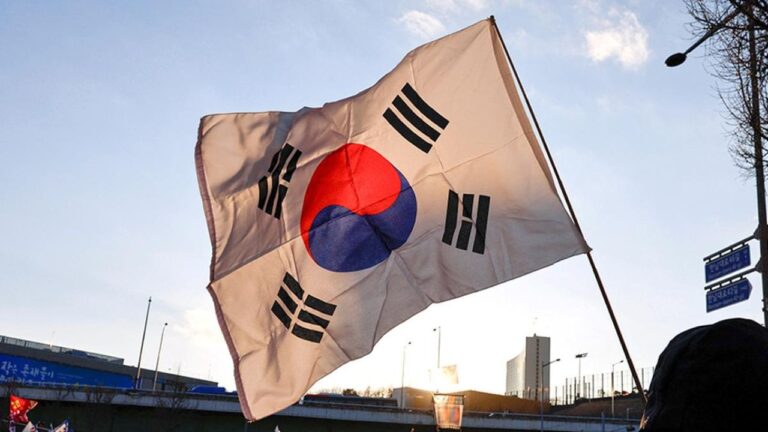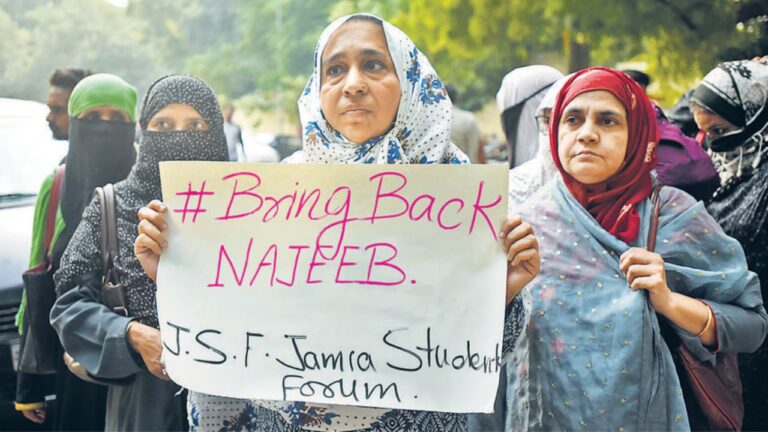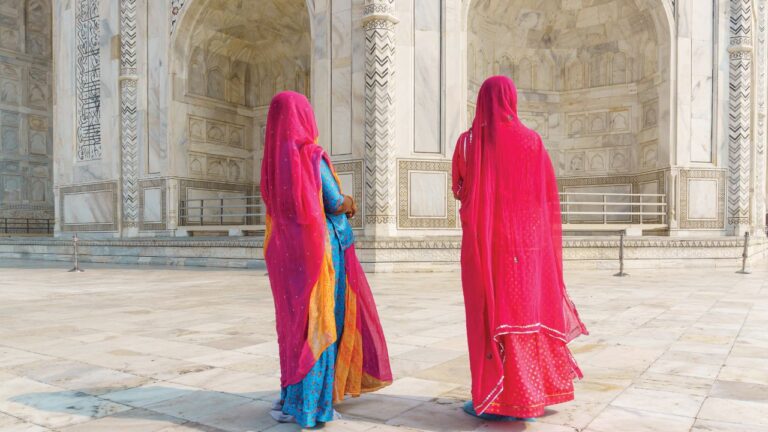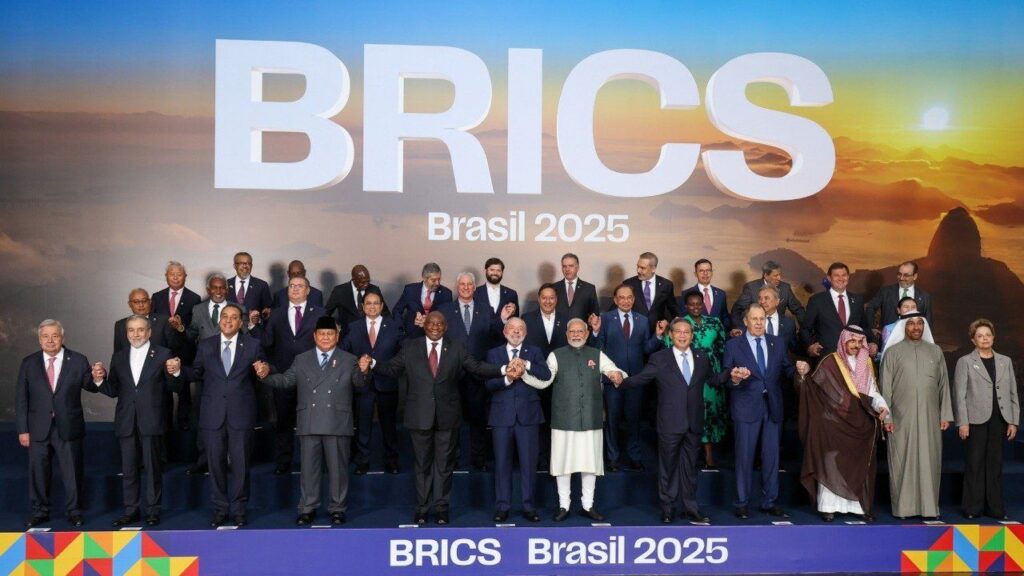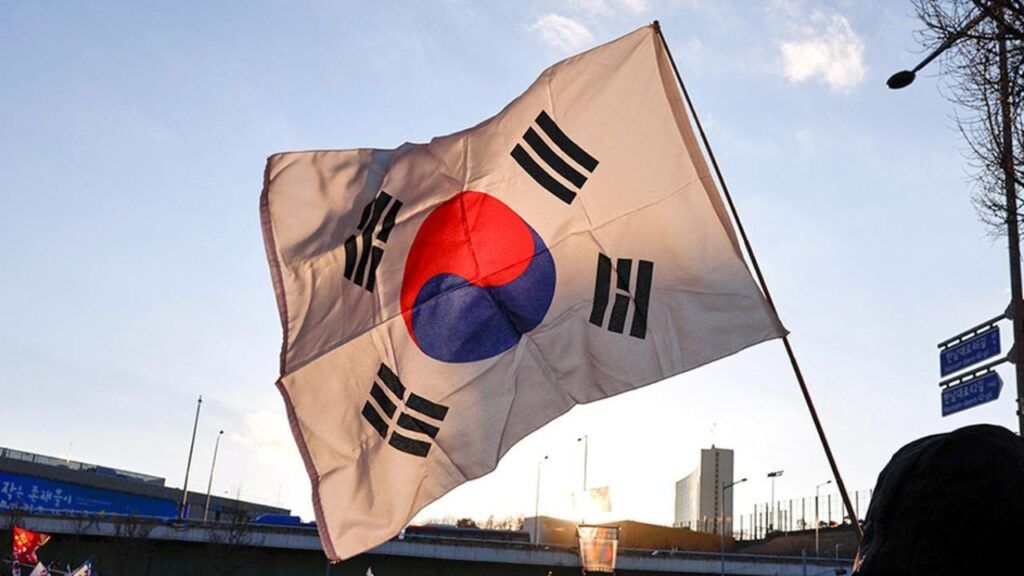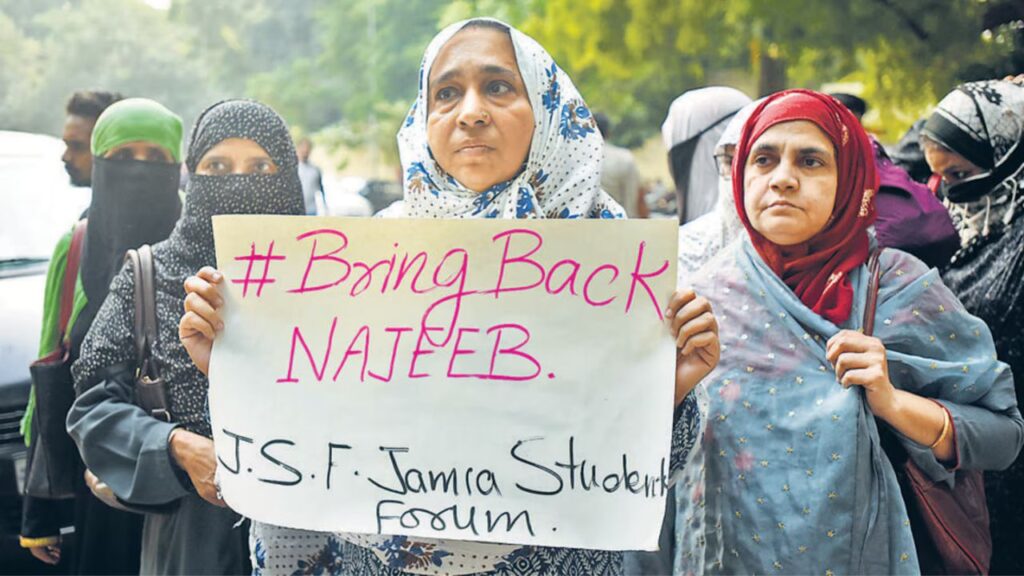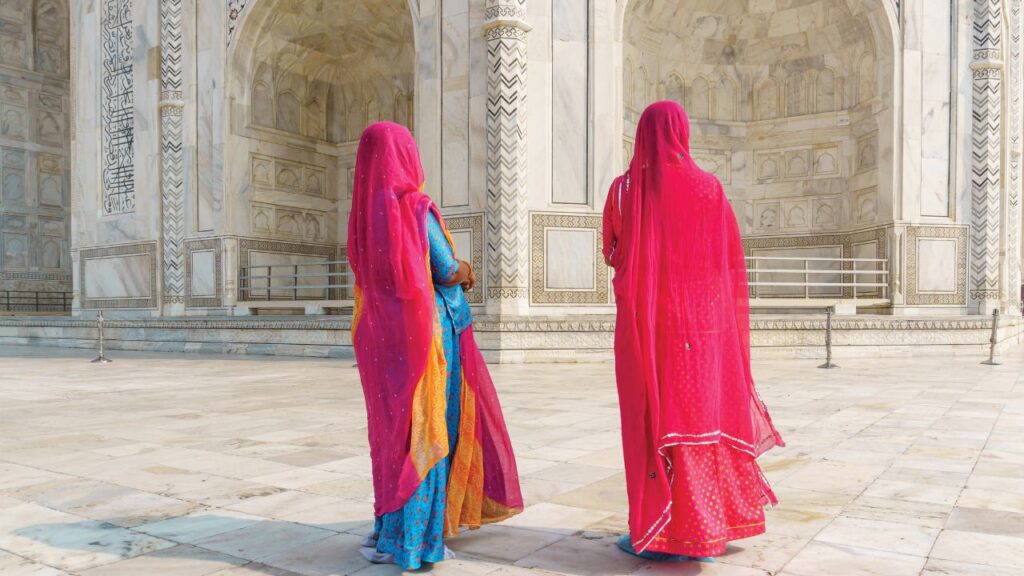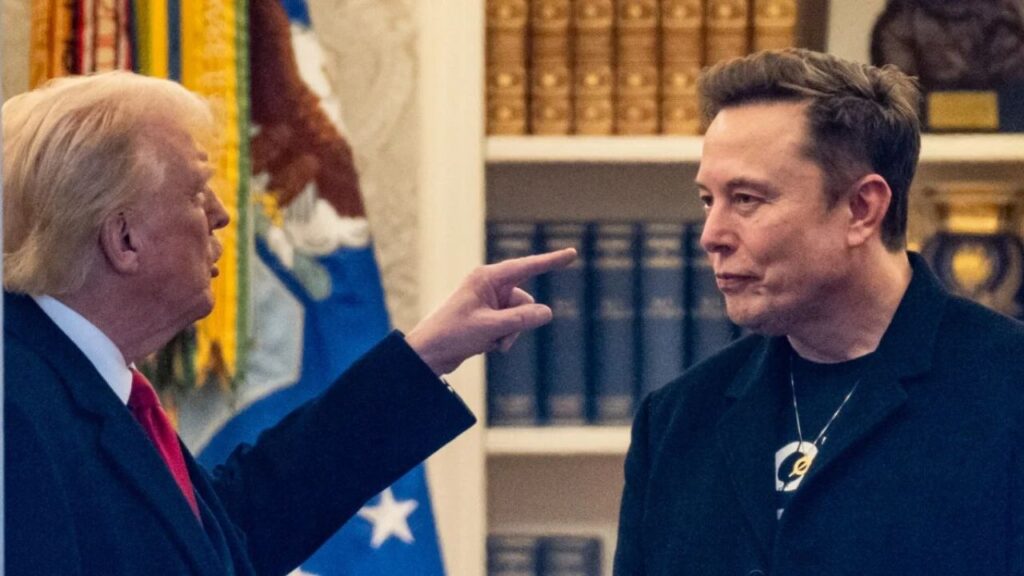History is the reflection of the past, and the future is the output of what is traced within the past and present premises. Results are never predictable until and unless it’s out, because it’s a gamble of what is at stake, and the recent Canada 2025 federal election results are one such. This year’s Canadian elections will be remembered as a watershed moment in the history. A contest defined by a sudden change in leadership, high-stakes international pressures, and a dramatic reshaping of the country’s political landscape.
The sudden turnover from Trudeau to Carney in the Canadian Prime Ministerial election has remarked a new onset for Canadians with a fourth consecutive government mandate and the Liberal party’s third consecutive minority government formation. The 2025 election was triggered by Prime Minister Justin Trudeau’s unexpected resignation, a move that sent shockwaves through the Liberal Party and the nation. Later, Mark Carney, a knowledgeable economist and former Bank of Canada governor, was swiftly chosen as Trudeau’s successor. On March 14, Carney was sworn in as the 24th Prime Minister of Canada and became the new Liberal leader.
Why is Carney’s takeover remarkable?
The reason is simple yet intriguing because he is the fresh new face whose ascent was both rapid and remarkable, as he had never previously held elected office. What made Carney hold on to the position is his calm, assertive response-vowing that “Canada will never, under any circumstances, become part of the United States”. This became a rallying cry and helped steady Liberal fortunes. After Trump’s tariff play, the entire globe is facing the wrath. Amidst that, the U.S. President’s provocative statements about Canadian sovereignty, calling it the 51st state of America, reflect an identity crisis of Canada’s national existence.
Carney, the leader of the centre-left Liberal Party, managed to win the elections held on April 28 due to his willingness to stand up to Trump’s rhetoric. This was a strategy to appeal to the voters on his side, defeating the Conservatives, NDP, GPC, and Québécois, the opposition parties.
Mark Carney seized the chance with U.S rhetoric showing up in the picture. Framing the election as a choice between surrendering to foreign pressure or standing firm on Canadian sovereignty, he managed to influence the voters to align with the Liberals. However, the record turnout faced a three-point shortage of the 172-mark line required for a majority government. Presently, the Liberal party secured 169 seats of the majority mark in Canada’s 343-seat House of Commons.
The Conservative Party leader, Pierre Poilievre followed closely with 144 seats; however lost his own seat from Carleton, Ontario, to a Liberal representative, Bruce Funjoy. The New Democratic Party (NDP) suffered a historic collapse, winning only seven seats and losing official party status for the first time since 1993. Left-wing party, NDP leader Jagmeet Singh lost his own seat in Burnaby Central.
From the past electoral results, the Liberals and Conservatives have shown a rising trend of 11.1% and 7.5% respectively in vote sharing, however, a downturn is witnessed amongst GNP with a 1.1% decline, Bloc Québecois with 1.4%, NDP with 11.5% and People’s Party with 4.2% decline respectively. Increased support for the Liberals and Conservatives has been marked due to a steep decline in the other parties.
Canada has a First-past-the-post (FPTP) electoral system. This means that in each federal electoral district, the candidate who receives the most votes wins even if they do not get a majority in the election as a party. The Liberals and the Conservatives have dominated the popular vote, with both parties receiving more than 40% each of ballots counted across Canada. This has them on track to win a combined 90% of seats.
The NDP has received just over 6% of the total vote compared to 18% in 2021. Presently, this translates to just 2% of seats in the House of Commons. The Bloc Québécois has a similar share of seats with 6% of votes restricted particularly to Quebec. With a 69% of total voter count, it is the highest number of voters appearing in Canada’s election history, marking a great number of indulgence of people showing their trust in the representatives. The result marked a sharp polarization, with voters consolidating around the two main parties and sidelining traditional third-party voices. The past trends demarcate the voter turnout from 61% in 2004 to 68% in 2015, finally reaching 69% of voter turnout.
Now, the present scenario is Carney commanding the political reign of Canada’s future. However, with no party holding a majority count, he still has to rely upon the NDP or Bloc Québécois, who hold a total count of 7 and 22 seats, respectively. Earlier, Justin Trudeau’s liberals relied on New Democrats to remain in power for four years. Now, it is about Carney’s negotiation and political stance, on which he relies to form a majority government as the election’s outcome signals a new era of political polarization.
In his victory speech, Prime Minister Carney promised to confront US President Donald Trump’s aggressive trade stance with the “overwhelming positive force of a united Canada.” The campaign was heavily influenced by Trump’s threats of tariffs and annexation rhetoric, which dominated the national discourse and galvanized Canadian voters around Carney’s message of unity and resilience. “We will win this trade war and build the strongest economy in the G7,” Carney declared. “It is time to be bold, to meet this crisis with the overwhelming positive force of a united Canada.”

